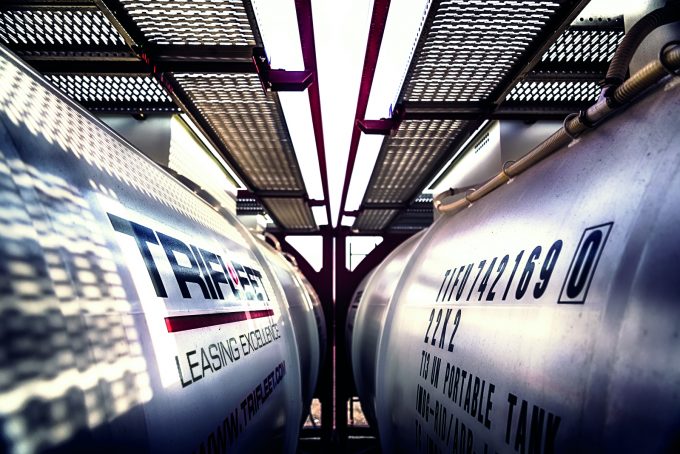Scope 3: the emissions elephant in the room for supply chains
A battle has been raging this year over the grand challenge of Scope 3, or ...

A record 7.2m teu, or 14%, was added to the global container equipment fleet last year, taking it to 50.5m teu, driven by demand from ocean carriers, logistics operators and BCOs trying to protect their supply chains.
According to John Fossey, senior analyst for container equipment ...

Comment on this article